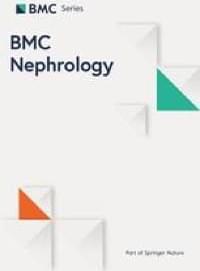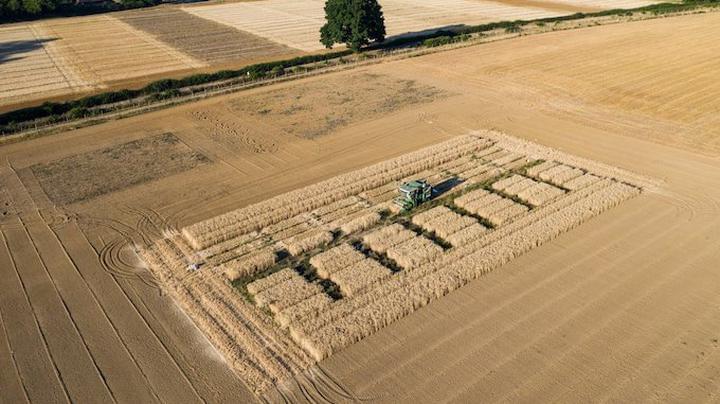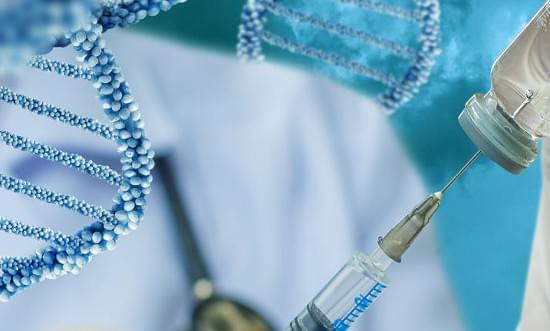The effects of vitamin C on clinical outcomes in critically ill patients remain controversial due to inconclusive studies. This retrospective observational cohort study evaluated the effects of vitamin C therapy on acute kidney injury (AKI) and mortality among septic patients.
Electronic medical records of 1,390 patients from an academic hospital who were categorized as Treatment (received at least one dose of 1.5 g IV vitamin C, n = 212) or Comparison (received no, or less than 1.5 g IV vitamin C, n = 1178) were reviewed. Propensity score matching was conducted to balance a number of covariates between groups. Multivariate logistic regressions were conducted predicting AKI and in-hospital mortality among the full sample and a sub-sample of patients seen in the ICU.
Data revealed that vitamin C therapy was associated with increases in AKI (OR = 2.07 95% CI [1.46–2.93]) and in-hospital mortality (OR = 1.67 95% CI [1.003–2.78]) after adjusting for demographic and clinical covariates. When stratified to examine ICU patients, vitamin C therapy remained a significant risk factor of AKI (OR = 1.61 95% CI [1.09–2.39]) and provided no protective benefit against mortality (OR = 0.79 95% CI [0.48–1.31]).








